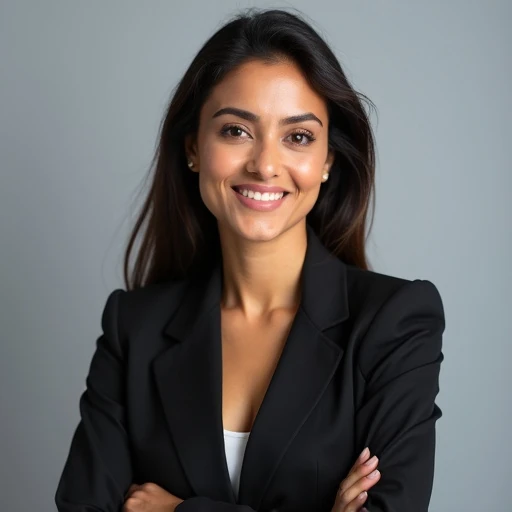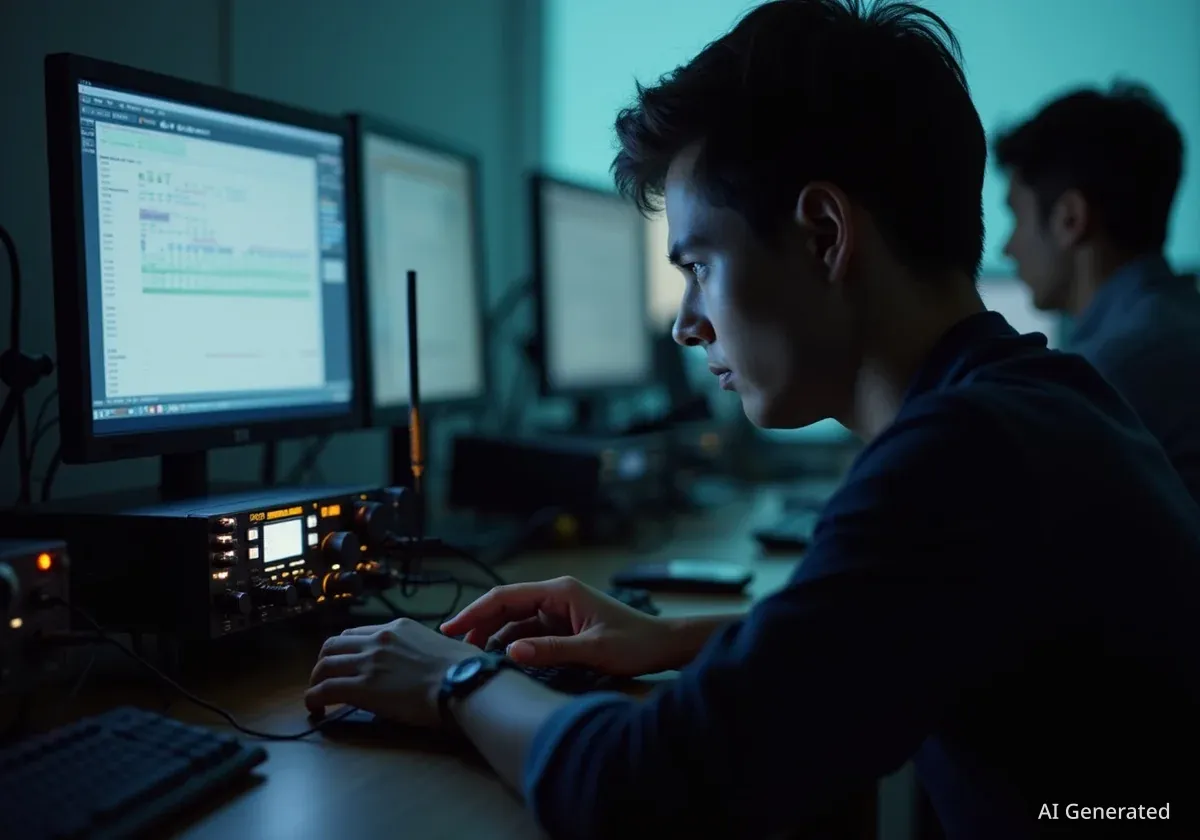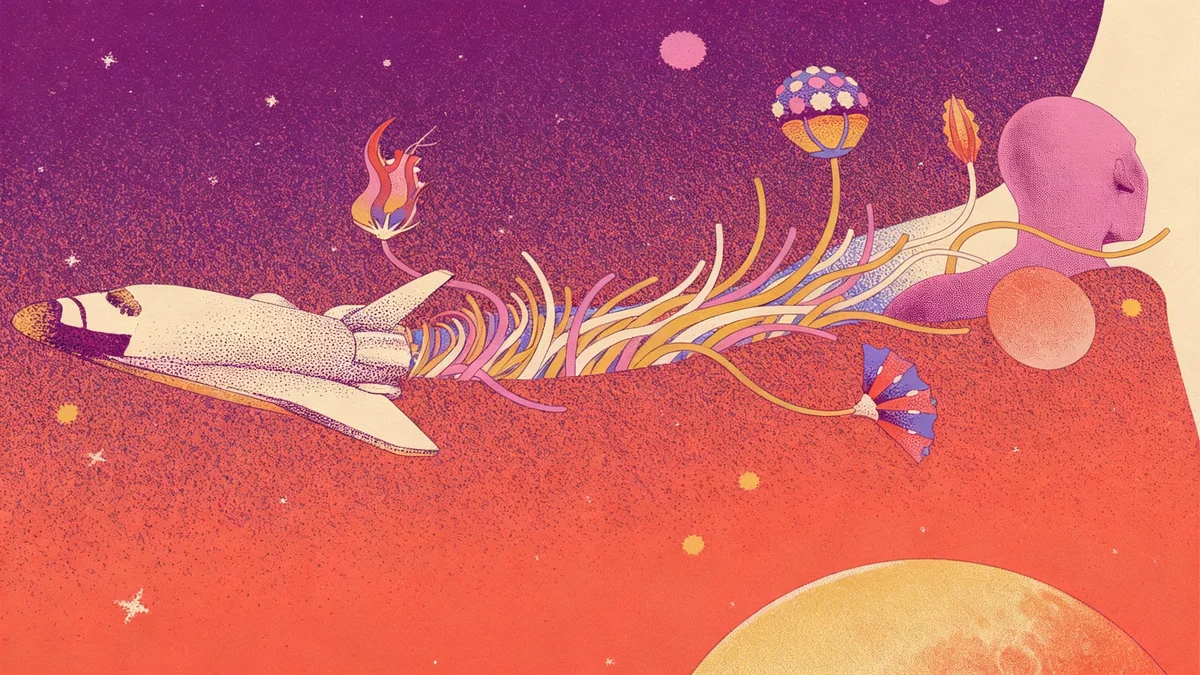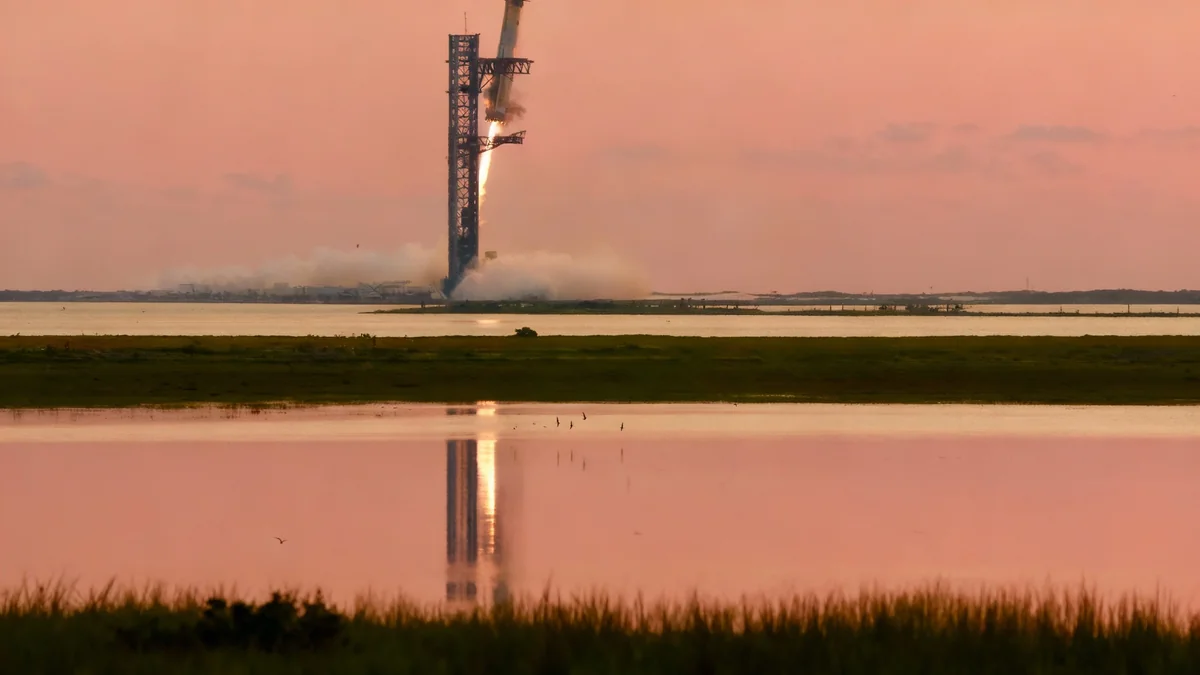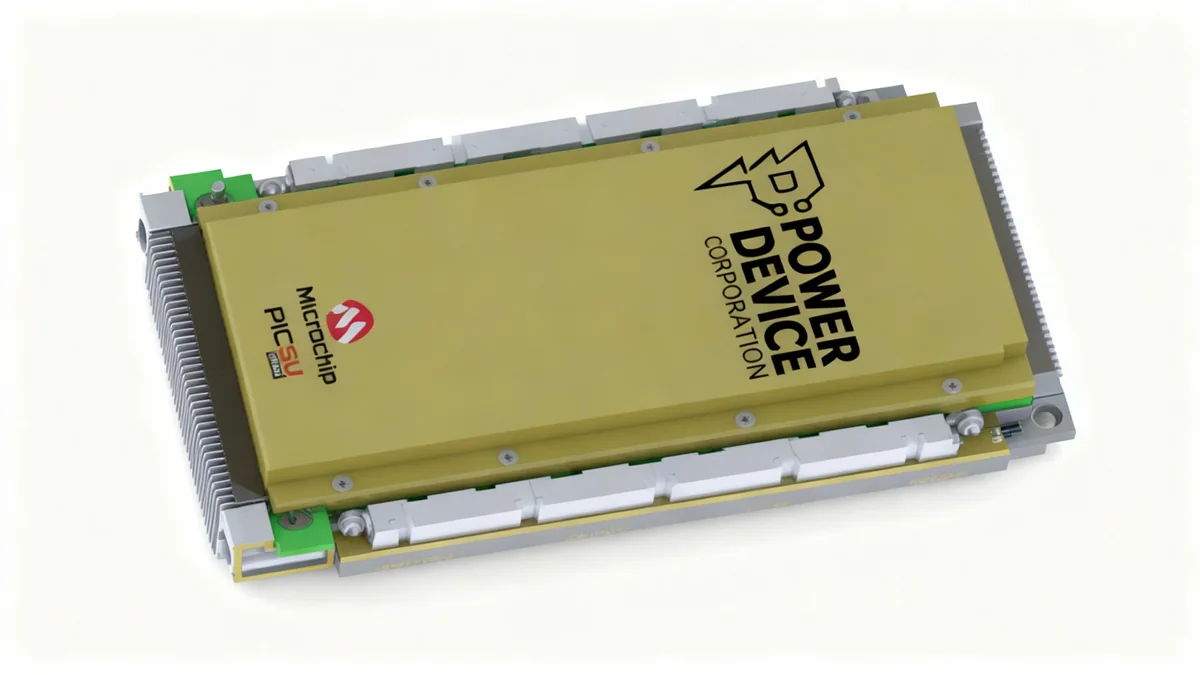A special amateur radio station, GB2WSW, will be active from October 4 to October 10, 2025, to celebrate World Space Week. The event includes daily on-air broadcasts and a hands-on educational session for local students in Guildford, Surrey, where they will learn to receive images directly from the International Space Station (ISS).
Key Takeaways
- Event: Special event amateur radio station GB2WSW for World Space Week 2025.
- Dates: The station will be on the air from October 4th to October 10th, 2025.
- On-Air Activity: Daily broadcasts from 1000 to 1600 UTC on 40-meter Single-Sideband (SSB) and 20-meter FT8.
- Educational Outreach: An in-person event in Guildford, Surrey, will teach students how to receive Slow-Scan Television (SSTV) images from the ISS.
- Live Stream: The event will be broadcast live on the Twitch channel HamTechVibes.
Celebrating World Space Week on the Airwaves
To commemorate World Space Week 2025, amateur radio operators will activate the special event station GB2WSW. This temporary station is designed to engage the public and the global amateur radio community in activities related to space exploration and technology. The station will operate for seven consecutive days, beginning on October 4th.
Radio enthusiasts worldwide will have the opportunity to make contact with GB2WSW. The station plans to be active each day from 10:00 to 16:00 Coordinated Universal Time (UTC). This schedule provides a consistent window for operators in different time zones to participate.
What is World Space Week?
World Space Week is an international celebration of science and technology, and their contribution to the betterment of the human condition. Declared by the United Nations General Assembly, it is held annually from October 4 to 10. These dates commemorate two key events: the launch of the first human-made Earth satellite, Sputnik 1, on October 4, 1957; and the signing of the Outer Space Treaty on October 10, 1967.
Technical Details for Radio Operators
The organizers have specified the frequencies and modes for the on-air portion of the event. Communication will take place on two popular amateur radio bands to maximize potential contacts.
Operators should monitor the 40-meter band for Single-Sideband (SSB) voice communications. This mode is widely used for long-distance voice contacts. Additionally, the station will utilize the 20-meter band for FT8 transmissions, a digital mode known for its ability to establish reliable connections even with weak signals.
Engaging the Next Generation of Scientists
A central component of the GB2WSW event is its focus on STEM (Science, Technology, Engineering, and Mathematics) education. An in-person workshop will be held in Guildford, Surrey, specifically for local school children. This initiative aims to provide a practical and exciting introduction to space communication.
The main activity will involve demonstrating how to receive Slow-Scan Television (SSTV) images transmitted from the International Space Station. Students will learn about the principles of radio waves and see how simple equipment can capture images sent from astronauts orbiting the Earth.
How SSTV from the ISS Works
The ISS periodically transmits SSTV images, often to commemorate space exploration anniversaries. These images are sent using amateur radio frequencies. An operator on Earth can use a simple VHF receiver connected to a computer or smartphone to decode the audio signals into a viewable image. The process provides a direct link between the public and the space station.
Registration and Participation
Parents and educators interested in the student event in Guildford can register their children's attendance through a dedicated Eventbrite page. Organizers encourage early registration as space may be limited for the hands-on demonstration.
This educational outreach is a key part of the mission behind World Space Week, which encourages events that inspire students and the public about the benefits of space exploration. By directly involving young people, the event hopes to spark interest in future careers in science and technology.
Bringing the Event to a Global Audience
To ensure accessibility for those unable to attend in person or make radio contact, the entire event will be streamed live. The broadcast will be available on the popular streaming platform Twitch, via the channel twitch.tv/hamtechvibes.
The live stream will likely feature views of the radio station in operation, interviews with the organizers, and coverage of the student workshop. This digital component allows a global audience to share in the excitement and educational aspects of the celebration, transcending geographical boundaries.
The Role of Amateur Radio in Space
Amateur radio, or ham radio, has a long and storied history with spaceflight. The Amateur Radio on the International Space Station (ARISS) program allows students to speak directly with astronauts in orbit via ham radio. Many satellites, including CubeSats built by universities, use amateur radio frequencies to transmit data. Events like GB2WSW continue this tradition of connecting radio hobbyists with the frontier of space exploration.
A Multifaceted Celebration of Space
The GB2WSW special event station is a comprehensive celebration that combines a technical hobby with public education and modern technology. It serves multiple purposes simultaneously:
- For Amateur Radio Operators: It provides a unique on-air event to contact and a special QSL card (a written confirmation of communication) to collect.
- For Students: It offers a memorable, hands-on learning experience that brings space communication to life.
- For the Public: The live stream makes the event accessible to anyone with an internet connection, promoting the goals of World Space Week.
By integrating these different elements, the organizers aim to create a dynamic and inclusive event. It highlights how the principles of radio technology, established over a century ago, remain fundamentally important in the modern era of space exploration.
As October 2025 approaches, radio operators and space enthusiasts are encouraged to follow updates for specific frequencies and further details about the educational workshop. The event stands as a prime example of how community-led initiatives can play a significant role in promoting scientific literacy and public engagement.
